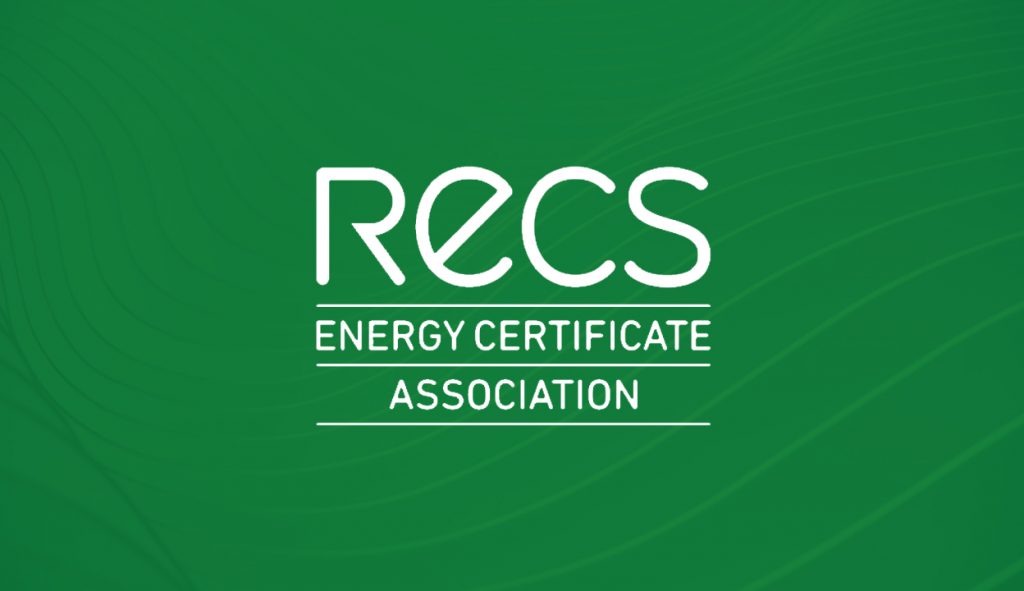The Association of Issuing Bodies (AIB) has published the Residual Mixes and European Attribute Mix of 2017. The calculation was carried out by Grexel Systems Ltd, assisted by Ostfoldforskning and Ecoinvent.
A residual mix is needed for reliable disclosure of electricity consumption where Guarantees of Origin are not used. Due to the international nature of both the power market and the Guarantee of Origin (GO) market, centrally calculated residual mixes and the European attribute mix is needed. Energy authorities use the results of the calculation either directly or to calculate the residual mix for their respective country using national rules.
Key findings of the 2017 calculation are:
- The volume of explicitly tracked consumption grew from 919 to 962 TWh meaning more certification of consumed electricity, using e.g. GOs
- The share of untracked consumption continued to shrink being 71% in 2017. Austria has implemented “full disclosure” on the consumption-side meaning that all consumption is certified with GO. The next lowest shares of untracked consumption were in Sweden (13,8%) and Switzerland (28,3%). The low share of untracked consumption indicates the willingness of the power consumers to favour tracked, and frequently renewable products, over generic power products with an unknown origin.
- In average, the residual mixes of 2017 have 17,3% (16,9) renewable, 23,8% (23,2) nuclear and 58,9% (59,9) fossil (2016 figures in brackets).
- Volume of total deficit in national residual mixes before balancing via EAM grew from 252 to 277 TWh indicating stronger polarization between importing and exporting countries and hence greater need for centrally coordinated residual mix calculation
Residual Mix figures can be read here.

